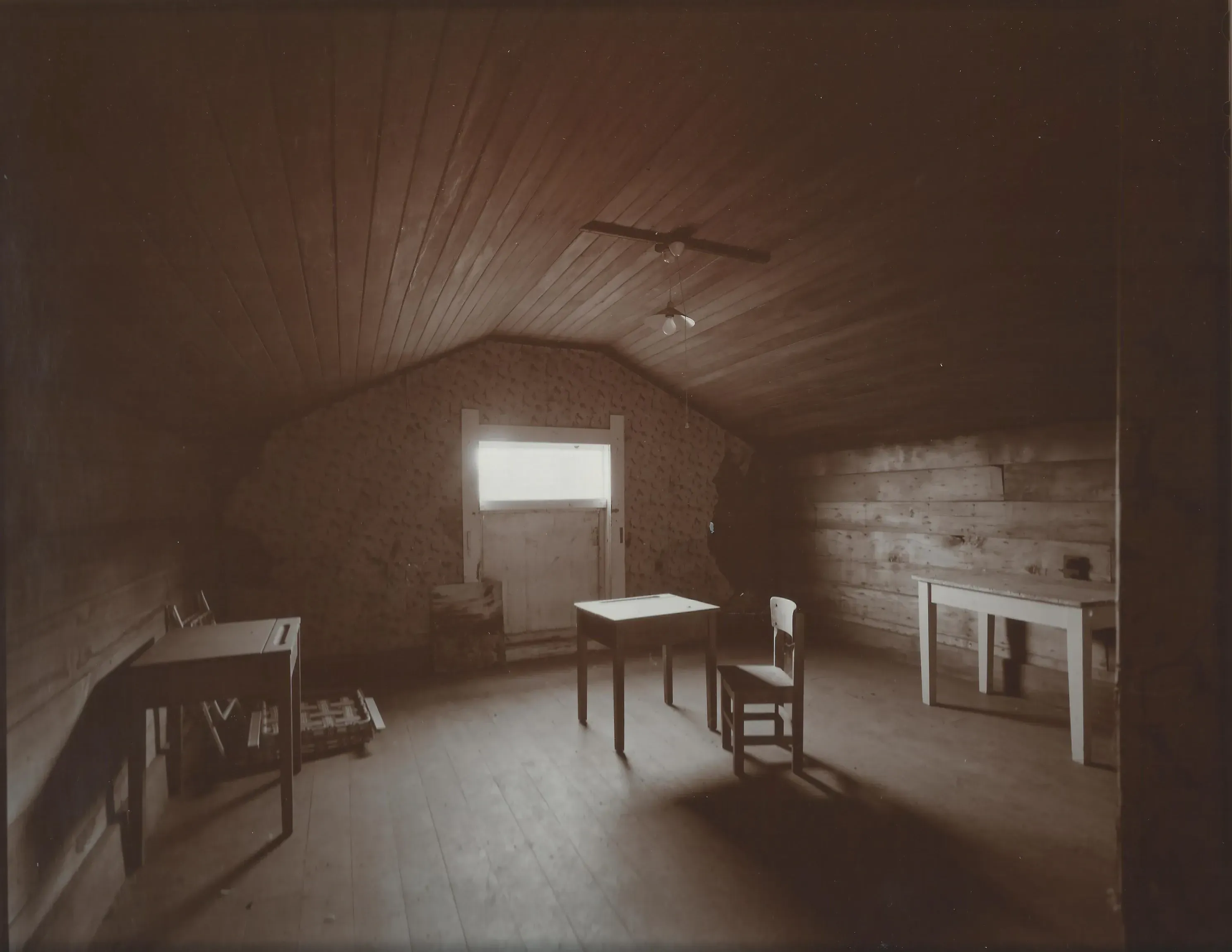Available light: imagining more than we see
Written by

Laurence Aberhart, Mark Adams, Fiona Amundsen, Wayne Barrar, Richard Barraud [Estate], Andrew Beck, Peter Black, Rhondda Bosworth, Murray Cammick, Joyce Campbell, Ben Cauchi, J.W. Chapman-Taylor [Estate], Richard Collins, Lisa Crowley, Hayden Fritchley, Frank Hofmann [Estate], Nikolai Kokx, Adrienne Martyn, Anne Noble, Max Oettli, Fiona Pardington, Trent Parke [Australia], Peter Peryer, Steve Rood, Andrew Ross [image above], Haruhiko Sameshima, Justine Varga [Australia] & Len Wesney
June 7 – August 30
Reception with some of the artists 5.30 pm Friday 7th June
An edited version of this exhibition will be shown at Auckland Art Fair, August 7 - 11
Throughout the history of photography artists have exploited the creative potential of natural and artificial light in their work. Light, and its absence, is a source of inspiration and new technologies have expanded this field considerably. In this exhibition we explore the transformative quality of light on film “…light changes the ways we respond to the appearance of place…”
[2]. Conversely, light pollution can distract from the creative effects of low light. Utilising available light, darkness becomes both tool and subject. Seemingly unremarkable objects and spaces unpredictably assume a mysterious otherness when emancipated from full light, allowing our imaginations to create the narrative; a perceptual or psychological truth. Restricted light thereby focuses attention, emphasising mood over subject matter and enhances the transcendent power of the medium. Visual legibility is subservient to emotional magnitude. Human presence may be intimated, via ‘props’, through absence. A stage set which, devoid of players, concentrates instead on the evidence of an absence. Capture of available light, and careful attention to tonal values, can also encourage our peripheral awareness. More light, and detail, can distract the mind. Harnessing the subtle effects of low light is possible with film; a photo-chemical continuum. “They [traditional photographs] are material objects tangibly connected to the world through the nature of their creation: impressions created with silver filaments suspended in animal gelatin, altered by light and chemistry.”
[3] Low light generally means longer camera exposure of the film and a consequent ‘absorption’ of time into the image. Expanding on this point in relation to Laurence Aberhart’s work, Geraldine Barlow writes “[he] chooses a process of stillness, an extended measure of moments over which light acts upon a prepared surface,…There is a special sense of light in Aberhart’s work, never entirely of the now.”
[4] Film has the potential to capture things the eye [and therefore the photographer] cannot see. This potential is expanded with new technologies such as night-vision equipment, which magnifies the available light or is sensitive to infrared light, transforming reality into a science-fiction alien melancholic place. Other equipment can record the infrared and ultraviolet parts of the spectrum, as well as those visible to the eye, creating ‘wide-spectrum’ black-and-white images. New sensors in digital cameras have a low-light capability such that there are no limitations to what hour of the day a photographer can work.
[1] Todd Hido “…imagining more than we see…”
[2] Ron Brownson, exhibition notes: In Shifting Light, New Gallery, Auckland, 2009
[3] Robert Burley The Disappearance of Darkness: Photography at the End of the Analog Era, Princeton Architectural Press, 2013
[4] Geraldine Barlow. Published to accompany the exhibition Laurence Aberhart: Monumental, Darren Knight Gallery, Sydney, May – June 2012